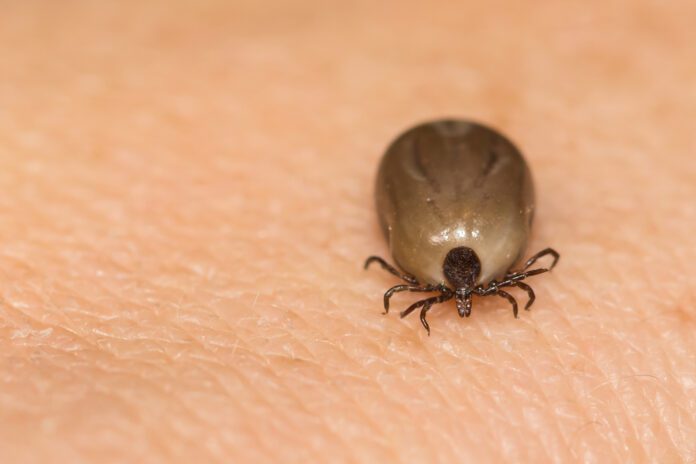Overview Of Tick Removal
Ticks are small, insect-like creatures that live in woods and fields. They attach to you as you brush past bushes, plants, and grass. Once on you, ticks often move to a warm, moist location. They are often found in the armpits, groin, and hair. Ticks attach firmly to your skin and begin to draw blood for their meal. This process is painless, as is tick removal. Most people will not notice the tick bite.
Ticks can be fairly large, about the size of a pencil eraser. They can also be so small that they are very hard to see. Ticks can transmit bacteria that can cause disease. Some of these can be serious.
Considerations Of Tick Removal
While most ticks do not carry bacteria that cause human diseases, some ticks do carry these bacteria.
These bacteria can cause:
- Colorado tick fever
- Lyme disease
- Rocky Mountain spotted fever
- Tularemia
Treatment
If a tick is attached to you, follow these steps for removal:
- Use tweezers to grasp the tick close to its head or mouth. DO NOT use your bare fingers. If you don’t have tweezers and need to use your fingers, use a tissue or paper towel.
- Pull the tick straight out with a slow and steady motion. Avoid squeezing or crushing the tick. Be careful not to leave the head embedded in the skin after the tick removal.
- Clean the area well with soap and water. Also, wash your hands thoroughly.
- Save the tick in a jar. Watch the person who was bitten carefully over the next week or two for symptoms of Lyme disease (such as rash or fever).
- If all parts of the tick can’t be removed, get medical help. Bring the tick in the jar to your doctor’s appointment.
DO NOT
- DO NOT try to burn the tick with a match or other hot object.
- DO NOT twist the tick during removal.
- DO NOT try to kill, smother, or lubricate the tick with oil, alcohol, Vaseline, or similar material while the tick is still embedded in the skin.
Prevention
To prevent tick bites and the subsequent removal:
- Wear long pants and long sleeves when walking through heavy brush, tall grass, and thickly wooded areas.
- Pull your socks over the outside of your pants to prevent ticks from crawling up your leg.
- Keep your shirt tucked into your pants.
- Wear light-colored clothes so that ticks can be spotted easily.
- Spray your clothes with insect repellant.
- Check your clothes and skin often while in the woods.
After returning home:
- Remove your clothes. Look closely at all your skin surfaces, including your scalp. Ticks can quickly climb up the length of your body.
- Some ticks are large and easy to locate. Other ticks can be quite small, so carefully look at all black or brown spots on the skin.
- If possible, ask someone to help you examine your body for ticks.
- An adult should examine children carefully and perform tick removal if necessary.



